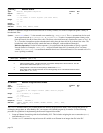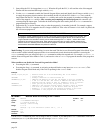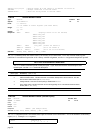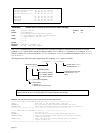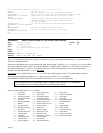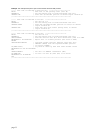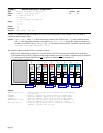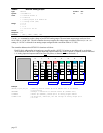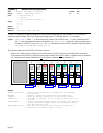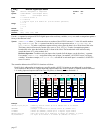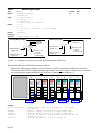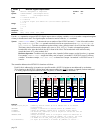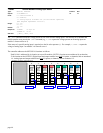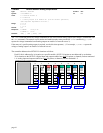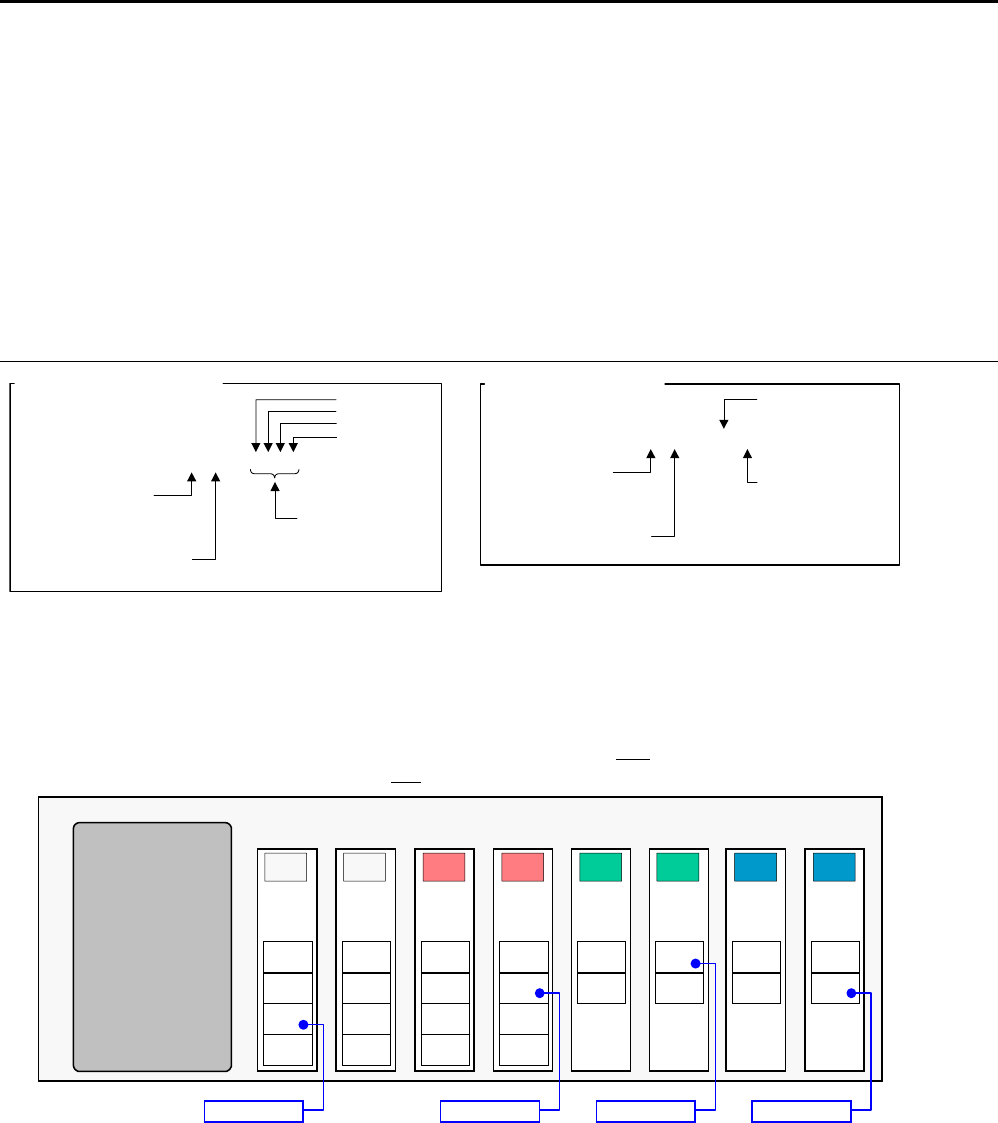
\OUT
Network Digital Output
Type:
Network
Product Rev
Syntax:
<!>n\mOUT<b><b><b><b>
<!>n\mOUT.i-b
Units:
n = network server #
m = module #
b = enable bit
i = digital output # on module “m”
Range:
n = 1-6
m = 0-7
b = 1 (turn on), 0 (turn off), or X (don’t change)
i = 1-4
Default:
n\mOUT0000
Response:
n/a
See Also:
[ \OUT ], NTIO, \TIO, \TOUT
6K 5.3
n
\
m
OUT
b
b
b
b
Module # on Server “n”
(Range: 0-7)
Network Server #
(Range: 1-6)
Options for “b” are:
1 = Turn on
0 = Turn off
x = Don’t Change
O
utput
#1
Output #2
Output #3
Output #4
Controlling Multiple Outputs
n
\
m
OUT
.i
-
b
Module # on Server “
n
”
(Range: 0-7)
Network Server #
(Range: 1-6)
Options for “
b
” are:
1 = Turn on
0 = Turn off
x = Don’t Change
O
u
t
pu
t
N
um
b
er
(Range: 1-4)
Controlling One Output
Use the
\OUT
command to control the state of each digital output on the OPTO22 unit.
The controller addresses the OPTO22 I/O locations as follows:
Each I/O bit is addressed by its location on a specific module. (NOTE: I/O points are not addressed by an absolute
32-bit location on the OPTO22.) Digital input and output modules have four
I/O points, or channels, and are numbered
1-4. Analog input and output modules have two I/O points, or channels, and are numbered 1-2.
Digital
Input
Module
Input
1
0
Input
2
Input
3
Input
4
Digital
Input
Module
Input
1
1
Input
2
Input
3
Input
4
Digital
Output
Module
Output
1
2
Output
2
Output
3
Output
4
Digital
Output
Module
Output
1
3
Output
2
Output
3
Output
4
Analog
Output
Module
Output
1
4
Output
2
Analog
Output
Module
Output
1
5
Output
2
Analog
Input
Module
Input
1
6
Input
2
Analog
Input
Module
Input
1
7
Input
2
EXAMPLE: OPTO22 is Network Server #2
2\0IN.3 2\3OUT.2 2\5ANO.1 2\7ANI.2
Example:
2NTIP2,172,54,125,34 ; Identify network server #2 as an OPTO22 unit at IP address
; 172.54.125.34
2NTCONN1 ; Attempt a connection to network server #2 (OPTO22 unit)
2\2NTIO2 ; Server #2 (OPTO22), module #2 is a digital output module
2\3NTIO2 ; Server #2 (OPTO22), module #3 is a digital output module
2\3OUT1001 ; On Server #2, module #3, turn on Outputs #1 and #4 and turn off
; Outputs #2 and #3
2\2OUT.3-1 ; On Server #2, module #2, turn on only Output #1
page 38



